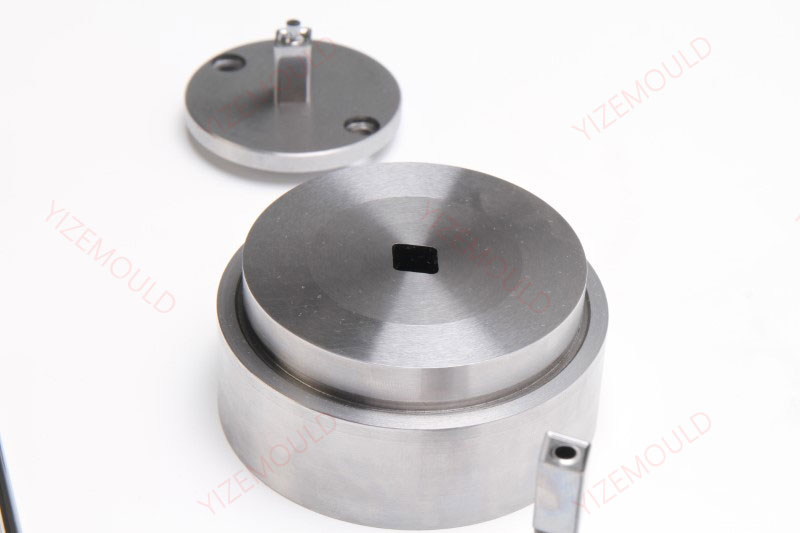How to grind tungsten carbide holes?
Tungsten carbide, with its hardness reaching 85° to 90° HRA and excellent wear resistance, has become a commonly used material in the field of mold processing. However, grinding tungsten carbide […]
Tungsten carbide, with its hardness reaching 85° to 90° HRA and excellent wear resistance, has become a commonly used material in the field of mold processing. However, grinding tungsten carbide holes in mold manufacturing is a common and challenging task. This article will detail the methods, techniques, and precautions for processing tungsten carbide holes.
I. Tungsten carbide hole processing methods.
- Preliminary Processing Initially, straight holes are drilled in tungsten carbide using a drilling machine, followed by selecting subsequent treatment methods based on the remaining allowance in the hole.
- Handling the Remaining Allowance Different methods are adopted for varying allowances. Smaller allowances can first be processed by electrical discharge machining, followed by precision finishing using a honing machine. For deeper holes, internal cylindrical grinding, such as using a diamond grinding rod, is necessary.
- Efficiency Issues When the remaining allowance in the hole is significant, such as over 0.8mm, the processing time with traditional methods is prolonged and inefficient.

Our factory business: carbide parts, mold parts, medical injection molds, precision injection molds, teflon PFA injection molding, PFA tube fittings. email: [email protected],whatsapp:+8613302615729.
II. Challenges encountered in processing.
- Tool Selection Hole processing tools like drills and reamers are greatly affected by wear, directly impacting processing precision.
- Difficulty of Processing Due to size limitations of the hole, increasing cutting speed is challenging, affecting productivity and surface quality, especially in precision small hole processing.
- Tool Structure Issues Limited by the hole diameter and length, tool rigidity is poor, leading to potential bending deformation and vibration.
- Processing Environment During hole processing, the tool operates in a semi-closed space, leading to poor chip removal and cooling conditions, affecting the quality of processing.
III. Drilling tips and precautions.
- Correct Drill Bit Selection Use special internally coated tungsten carbide drill bits suitable for processing high hardness materials.
- Control Drilling Speed Adjust drilling speed appropriately and use cooling fluid to cool the processing area.
- Cutting Fluid Selection Choose a cutting fluid with high viscosity, good cooling, and corrosion resistance.
- Workpiece Fixation Ensure the workpiece is firmly fixed during processing.
- Lubrication During Processing Maintain the lubrication effect of grinding oil to reduce wear, cool down, and maintain equipment precision.
- Avoid Over-processing Prevent over-processing to avoid tungsten carbide cracking and breaking.
IV. Other hole processing methods.
- Wire EDM and Electrical Discharge Machining Suitable for holes with diameters above 0.2mm, offering high precision but lower efficiency.
- Laser Drilling Capable of processing holes larger than 0.01mm, providing high precision and speed, but with limited processing depth.
If you have experience in processing tungsten carbide holes or parts, feel free to leave suggestions in the comments section.






